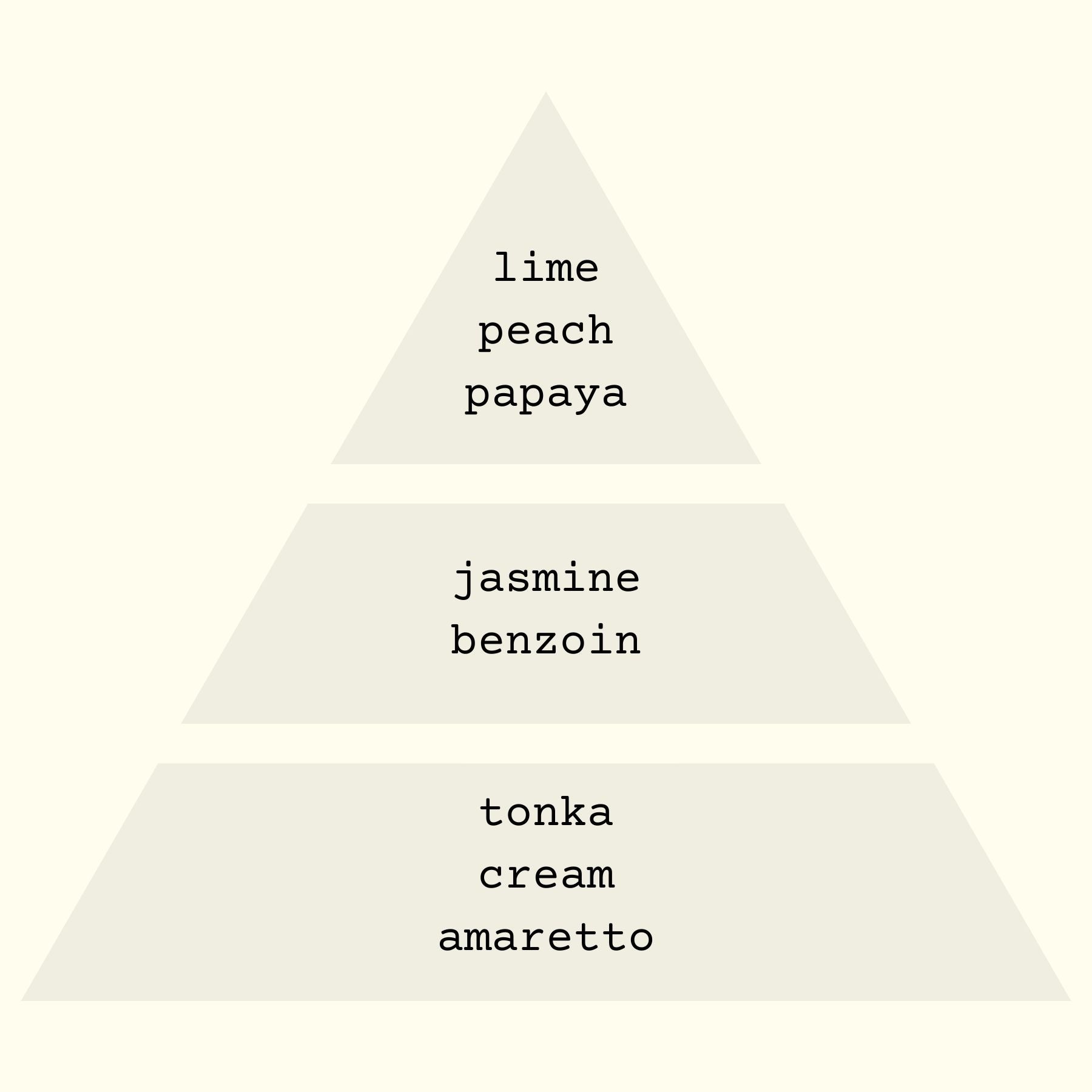The olfactory pyramid is a way to understand how fragrance ingredients are constructed. It's important to know this because it gives you insight into what scents you like, and why.
The olfactory pyramid was created by Jean-Louis Sieuzac in 1969, who was inspired by the work of Alexander Pouchet (1820-1894). The Pouchet triangle illustrates how the human nose perceives different notes in a fragrance.
Top Notes
Top notes are the first scent to hit your nose. They're also the most fleeting, lasting only 10 to 15 minutes before fading away.
Middle Notes
The middle note is also known as the heart note, and it's the main body of a fragrance. It's responsible for giving you that first impression of what you'll smell as you wear your perfume (or burn a candle.) You will likely smell it the most of any other notes in your fragrance, so it needs to be strong enough to stick around without getting lost in all those other smells coming at you from all directions.
Base Notes
Base notes are the longest-lasting of all the scents in a fragrance. They're also the least volatile and most difficult to evaporate, which means they take a long time to dissipate. Base notes such as sandalwood, amber, musk and patchouli are common examples of this category.
We hope you now have a better understanding of how fragrance ingredients work and the different notes they can create in a fragrance. This knowledge will help you make more informed decisions when shopping for a new fragrance.
